Ever wondered why your beloved Japanese Bobtail cat purrs so much? Could they be trying to tell you something important, or is it just a quirky trait of this fascinating breed? Dive deep into the enchanting world of Japanese Bobtail Cat purring reasons, and discover the subtle nuances of their behavior. If you’ve ever found yourself puzzled by your feline’s persistent vocalizations, this article is for you.
Key Takeaways
- Understand the primary reasons behind your Japanese Bobtail’s purring.
- Recognize the nuances in your cat’s purring behavior.
- Learn how purring plays a crucial role in feline communication.
- Discover the unique characteristics of the Japanese Bobtail breed.
- Gain insights into interpreting Japanese Bobtail purring.
Understanding Japanese Bobtail Cat Purring
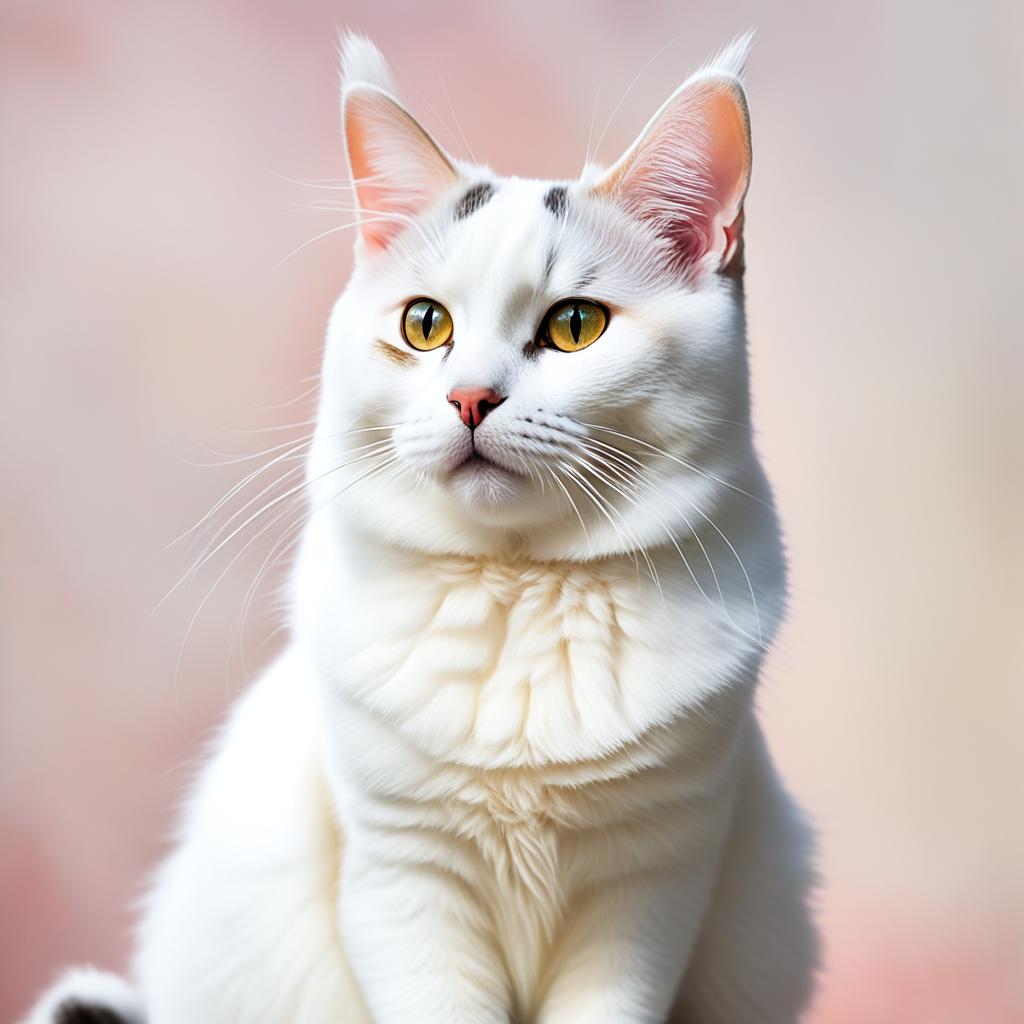
When it comes to your feline friend, the ubiquitous hum of purring is as natural as a sunny catnap. But what exactly lies behind this enchanting sound?
The Nature of Purring
Purring, particularly in Japanese Bobtail cats, isn’t just adorable; there’s a fascinating science at work. Biologically, purring involves the cat’s central nervous system, which sends repetitive neural oscillations to the laryngeal muscles, making them twitch at a frequency of about 25 to 150 vibrations per second.
This unique mechanism creates the curious sound frequency that distinguishes the Japanese Bobtail’s purring. As for Japanese Bobtail Cat purring reasons, they range from expressing contentment to soothing themselves during stressful times. Understanding these mechanics helps you appreciate the variety in their purrs, whether showing joy or seeking comfort.
Significance in Cat Communication
Beyond biology, purring carries crucial communicative value. Your Japanese Bobtail uses purring not merely as a self-comforting mechanism, but also as a social tool. In a way, purring functions as a feline language to interact with human companions and fellow felines.
Healthy purring behavior in cats indicates well-being and contentment. However, be alert for excessive purring in Japanese Bobtail cats, which can sometimes signify underlying issues. By interpreting these vocalizations, you can better understand your cat’s needs and emotions.
“Purring is a universal expression, indicating a myriad of emotions, from feeling safe to calling for attention. It’s up to us to decode the purring puzzle.”
Japanese Bobtail Cat purring reasons range from a happy greeting to a signal of discomfort, offering a fascinating glimpse into their mysterious world. Keeping an ear out for these signals can greatly enhance the bond between you and your Japanese Bobtail.
Why Does My Japanese Bobtail Cat Purr So Much?

It’s fascinating to observe how often your Japanese Bobtail cat purrs. But what constitutes normal versus excessive purring? Understanding this nuance can help you ensure your feline friend’s well-being.
Normal vs. Excessive Purring
Normal purring is often associated with contentment and relaxation; your cat might simply be enjoying your company or a cozy spot. However, excessive purring might indicate something more. Purring is sometimes a self-soothing mechanism, suggesting your cat could be dealing with stress or discomfort. Knowing why does my Japanese Bobtail cat purr so much can help you distinguish between a happy pet and one that might need attention.
Health Checks for Your Cat
Regular health check-ups are crucial for maintaining your Japanese Bobtail’s well-being. These visits can help determine any underlying health issues that might be causing your cat to purr excessively. Discussing tips for managing cat purrings with your vet can provide you with strategies to ensure your feline’s comfort and happiness.
Common Reasons for Purring in Japanese Bobtails
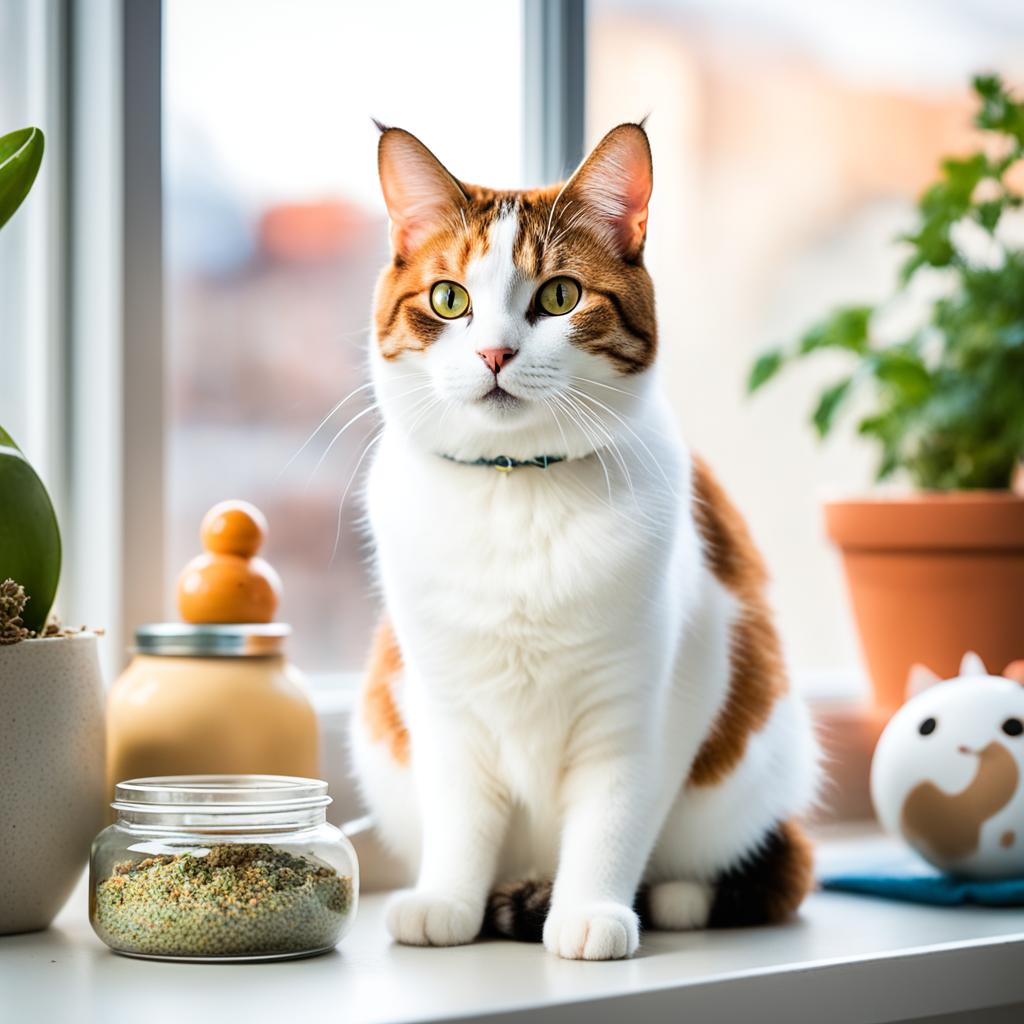
Purring isn’t just soothing white noise—it’s a fascinating window into your Japanese Bobtail’s world. Understanding the underlying reasons behind their purring can help decode their feelings and needs.
Comfort and Contentment
One of the primary motivators for purring in Japanese Bobtails is pure comfort and contentment. When these felines lounge in the sun, curl up on your lap, or enjoy a pleasant memory foam bed, you can bet that their gentle purring signifies happiness. Understanding cat purring behavior in these contexts is crucial in fostering a supportive and loving environment for your kitty.
“Purring is an auditory expression of satisfaction,” says cat behavior specialist Jackson Galaxy. “It’s like your Bobtail saying, ‘All’s well in my world.'”
Healing and Recovery
Purring isn’t always about relaxation—sometimes, it has remarkably therapeutic purposes. Experts suggest that the frequency of a cat’s purr may promote healing, reduce pain, and even assist in recovery from injuries. By interpreting Japanese Bobtail purring in this light, owners can better recognize when their furry friend might be self-medicating. This astonishingly multi-functional behavior highlights the impressive ways in which feline physiology supports overall health.
| Reason | Associated Behavior | Interpretation |
|---|---|---|
| Comfort and Contentment | Lounging, slow blinking, snuggling | Happiness, security |
| Healing and Recovery | Licking wounds, resting, purring at a lower frequency | Self-healing, reducing pain |
By interpreting Japanese Bobtail purring within the contexts of comfort and healing, you’re not just better understanding cat purring behavior—you’re also enhancing the bond with your fluffy friend. Whether they’re signaling joy or healing, their purring is a multi-layered symphony that communicates volumes.
Excessive Purring in Japanese Bobtail Cats: Should You Worry?
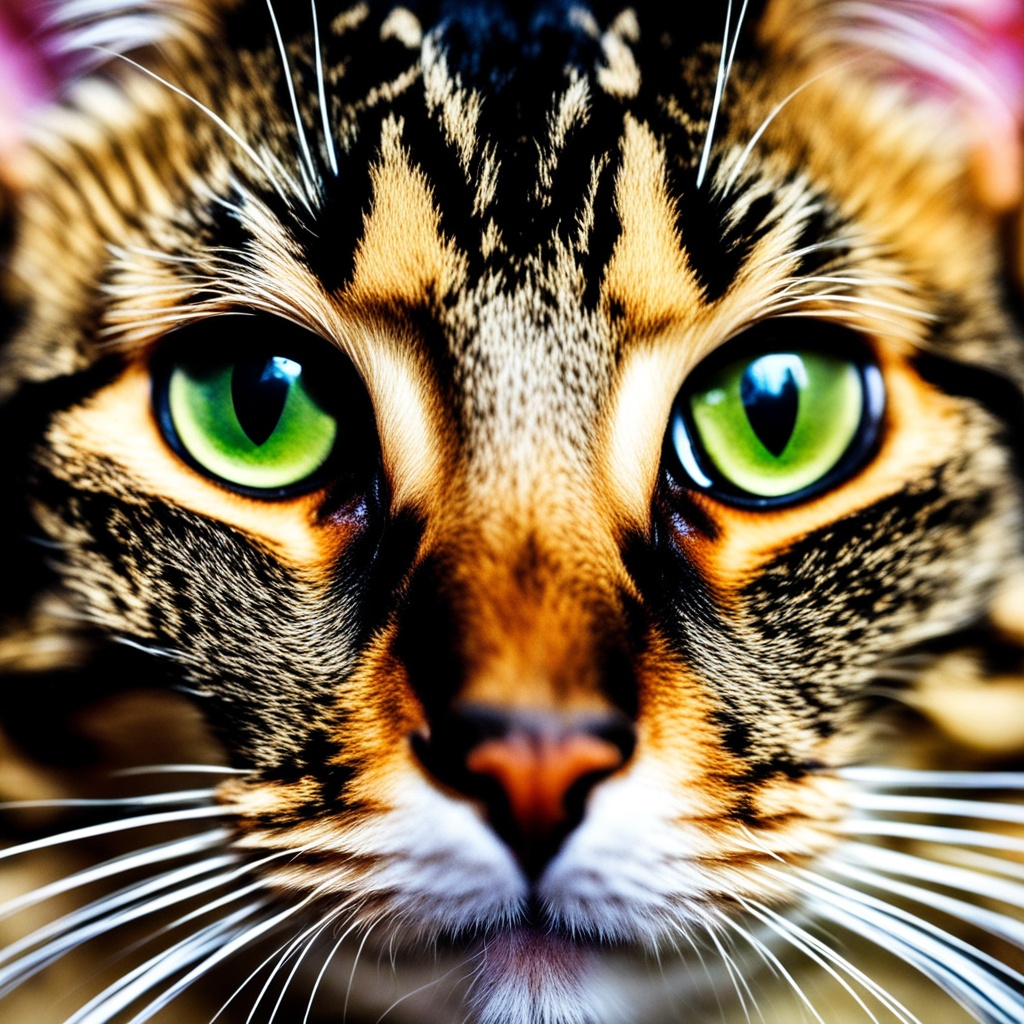
Japanese Bobtail cats are known for their charming and melodic purrs. However, you might start to sweat a little if your feline friend seems to be purring non-stop. Understanding cat purring behavior is critical for discerning when it’s a cute quirk and when it might signal a deeper concern.
Identifying Excessive Purring
So, how do you define excessive purring in Japanese Bobtail cats without turning into a cat detective? Firstly, notice if your cat’s purring frequency has ramped up without apparent cause. Keep track of both day and night cycles. If you’re hearing that persistent purr while your Bobtail is awake, resting, and constantly throughout the day, it might be time to investigate further.
“When purring becomes the soundtrack of your daily life, it’s essential to look into possible underlying issues.”
Possible Health Concerns
Excessive purring can sometimes be a red flag for various health problems. Here are some areas to monitor:
- Stress and Anxiety: Your Bobtail might purr excessively to self-soothe in stressful situations.
- Pain or Discomfort: Persistent purring can sometimes be a coping mechanism for dealing with physical pain.
- Neurological Issues: In rare cases, excessive purring might indicate underlying neurological problems.
Understanding cat purring behavior helps you differentiate between a contented kitty and one that needs a vet’s attention. If you’re ever in doubt, consulting with a veterinary professional is always the best route for ensuring your Japanese Bobtail’s health and happiness.
| Possible Cause | Behavior | Action |
|---|---|---|
| Stress and Anxiety | Excessive purring in new environments | Ensure a calm, familiar setting |
| Pain or Discomfort | Purring with signs of physical distress | Seek veterinary advice |
| Neurological Issues | Persistent, uninterrupted purring | Get a thorough neurological check-up |
Tips for Managing Your Japanese Bobtail’s Purring

Stepping into the world of Japanese Bobtail cats, managing their lovely but sometimes incessant purring can be both a delightful and challenging experience. To encourage healthy purring behavior in cats, it is essential to embrace a few practical strategies.
First off, understanding your Japanese Bobtail’s environment is crucial. Ensure you create a serene, comfortable space where your feline feels secure. Cats often purr from contentment, and a tranquil atmosphere will encourage balanced purring. Try this simple checklist:
- Cozy beds or blankets in quiet spots
- Scratching posts and interactive toys
- Regular cleaning of litter boxes
Communication is key. Paying attention to your Japanese Bobtail’s cues is vital for tips for managing cat purring. When your cat purrs while nestled on your lap, it’s a clear signal of affection and trust. Respond with gentle petting or soothing words to reinforce this positive behavior.
If purring tips into the excessive realm, it might be noteworthy to explore underlying issues. Stress or health concerns can be masked by what seems to be endearing behavior. Regular vet check-ups are advisable for sustained healthy purring behavior in cats.
Here is a concise checklist to aid in identifying and tackling excessive purring:
| Action | Purpose |
|---|---|
| Regular Vet Visits | Ensure no underlying health issues |
| Monitor Purring Patterns | Identify changes in frequency or intensity |
| Provide Mental Stimulation | Reduce stress and boredom |
Your Japanese Bobtail’s purring is a symphony of emotions and health indicators. By fostering a serene environment and engaging with their nuanced communication, you not only manage their purring but also enrich your mutual bond.
The Connection Between Vocalization and Purring
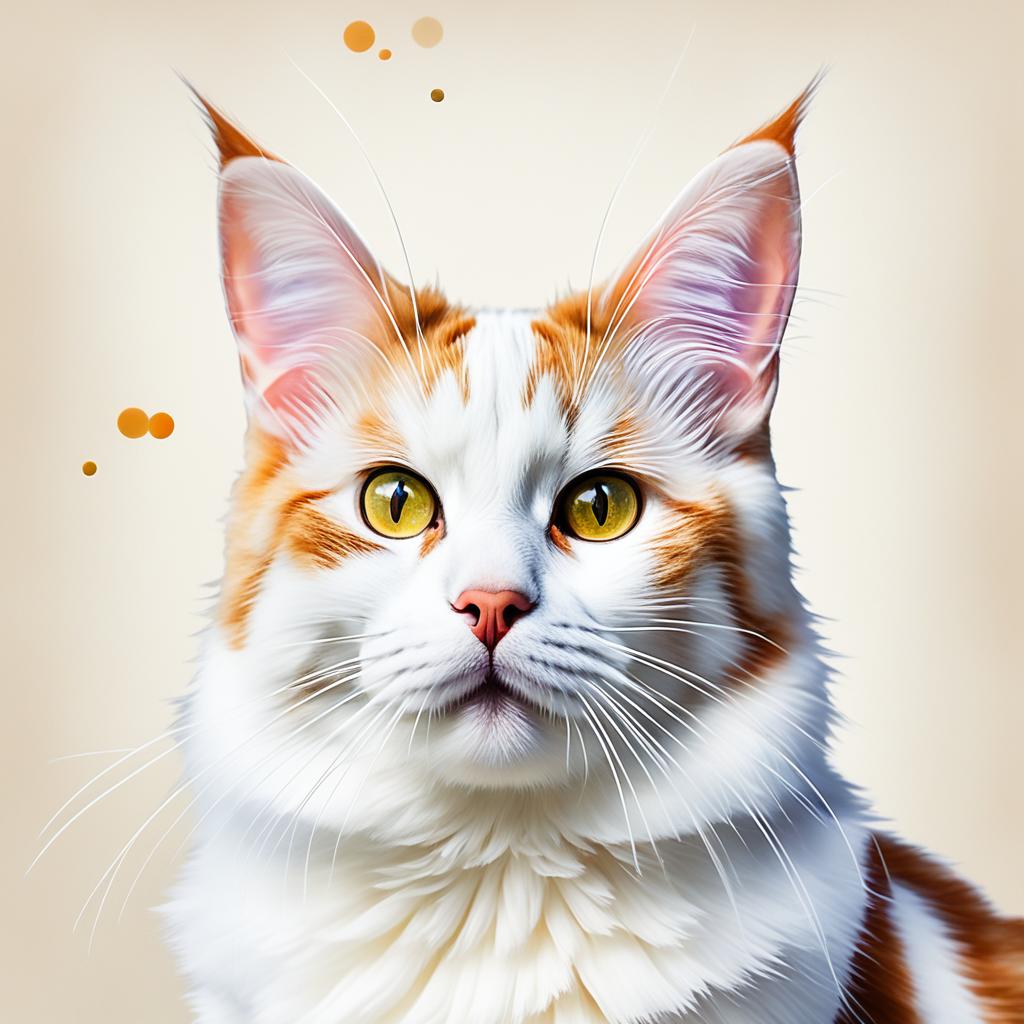
Understanding the vocal behaviors of the Japanese Bobtail cat can offer valuable insights into their emotions and needs. These cats are known for their expressive vocalizations that go beyond the realm of simple meowing and purring.
Understanding Cat Vocalization
Japanese Bobtail cat vocalization is a fascinating blend of sounds, each carrying its own significance. These cats often use a variety of noises to communicate their moods, desires, and even health conditions. Their vocal repertoire includes chirps, trills, and yowls, each with a distinct purpose. By closely listening and observing, you can become adept at interpreting Japanese Bobtail purring and meowing.
Differences Between Meowing and Purring
While meowing is typically used to grab your attention or indicate a specific need, purring generally signifies a state of contentment or comfort. However, interpreting Japanese Bobtail purring goes deeper than just understanding happiness. Purring can also be a self-soothing mechanism in times of stress or discomfort. Recognizing these subtle differences in Japanese Bobtail cat vocalization can help you respond more accurately to your feline friend’s needs.
| Vocalization Type | Frequency | Purpose |
|---|---|---|
| Meowing | High | Attention-seeking, communication of needs |
| Purring | Low to Medium | Contentment, self-soothing |
| Chirps & Trills | Medium | Friendly greetings, playful behavior |
| Yowls | Low to High | Distress signals, marking territory |
Healthy Purring Behavior in Cats
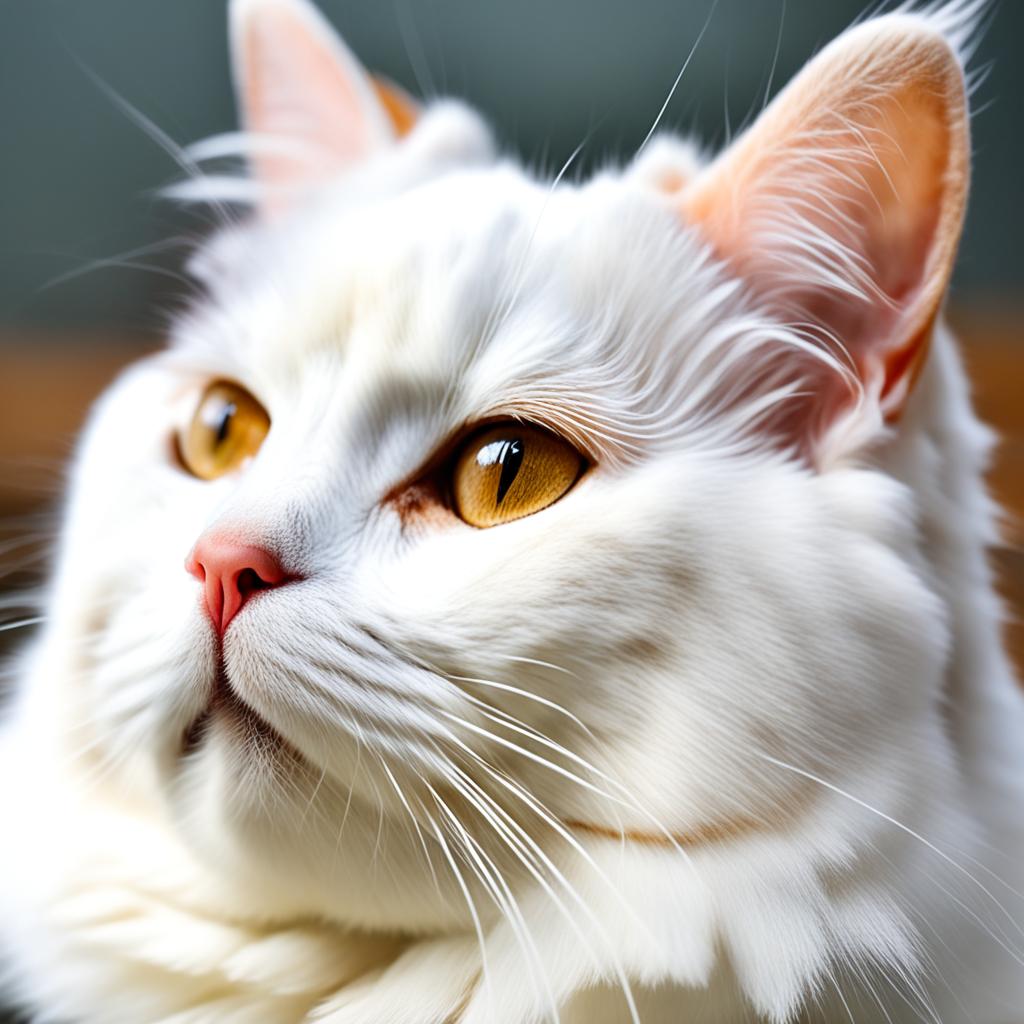
Understanding what constitutes healthy purring behavior in Japanese Bobtail cats is crucial for their well-being. Recognizing the signs of contentment and knowing when to seek veterinary advice can help ensure your feline friend remains happy and healthy.
What Indicates a Healthy Cat?
Healthy purring in a Japanese Bobtail is usually a sign of comfort and relaxation. When your cat purrs softly while snuggling on your lap or kneading a comfy blanket, it’s often expressing contentment. Other signs of a healthy cat include:
- Shiny fur and bright eyes
- An alert and responsive demeanor
- Regular eating and drinking habits
- Consistent use of the litter box without any issues
Incorporating these cues with interpreting Japanese Bobtail purring can offer a complete picture of your pet’s health.
When To Seek a Vet’s Advice
While a purring cat is typically a happy cat, there are instances where excessive purring might signal underlying issues. Here are some tips for managing cat purring, especially when it seems unusual:
- Monitor Changes in Behavior: Any sudden increase or decrease in purring, especially if accompanied by unusual behaviors, should not be ignored.
- Check for Physical Symptoms: Look out for signs like lethargy, loss of appetite, or changes in litter box habits.
- Consult a Vet: If your Japanese Bobtail’s purring seems off or is accompanied by other worrying symptoms, it might be time to visit the vet.
By staying vigilant and understanding healthy purring behavior, you can ensure your Japanese Bobtail cat remains in top health. Remember, interpreting Japanese Bobtail purring alongside these tips for managing cat purring will help you maintain a happy and harmonious relationship with your beloved feline.
Interpreting Your Japanese Bobtail’s Purring
Your Japanese Bobtail’s purring is more than just a soothing background noise; it’s a complex vocalization that can convey a wealth of information about your feline friend’s emotional state and well-being. So, why does my Japanese Bobtail cat purr so much? Understanding the differences in pitch, volume, and context of their purring can provide valuable insights.
When interpreting Japanese Bobtail purring, pay attention to the nuances. A gentle, rhythmic purr often signifies a content and relaxed cat, while a louder, more insistent purr could indicate a demand for attention or food. The key is to observe the circumstances—it could be that your cat is just happy to see you, or maybe it’s trying to alleviate some discomfort.
So, the next time you find yourself asking, “Why does my Japanese Bobtail cat purr so much?” remember that the answer lies in the context and specifics of the purr itself. By becoming attuned to these subtle cues, you’ll not only better understand your Japanese Bobtail but also strengthen the bond you share. Keep those purrs coming, and your furry friend will thank you in their own unique way!




